Home>Home Maintenance>How To Find Drainage Plans For My House
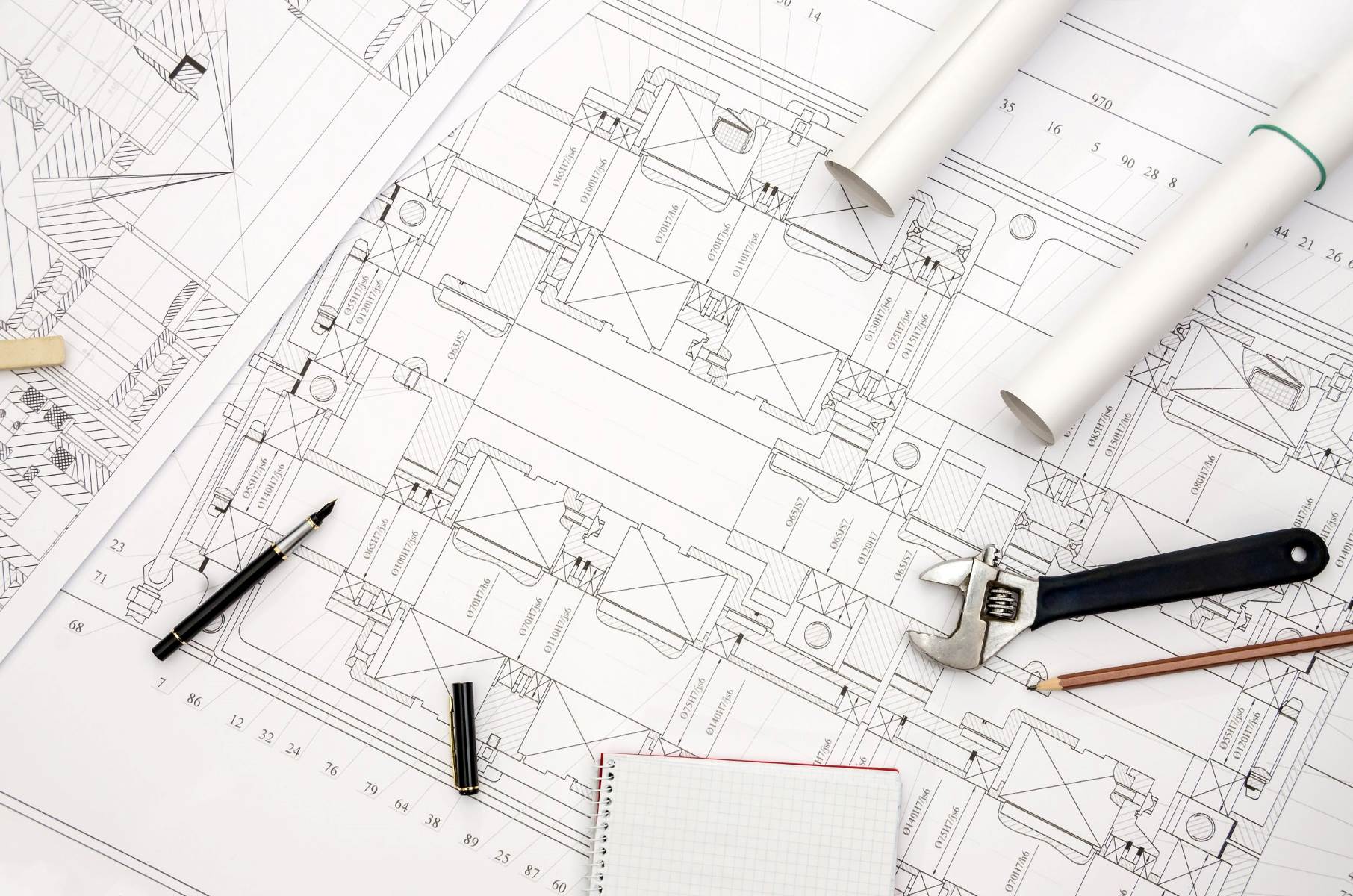

Home Maintenance
How To Find Drainage Plans For My House
Modified: March 7, 2024
Learn how to easily find drainage plans for your house to ensure proper home maintenance.
(Many of the links in this article redirect to a specific reviewed product. Your purchase of these products through affiliate links helps to generate commission for Storables.com, at no extra cost. Learn more)
Introduction
When it comes to maintaining your house, one important aspect to consider is the drainage system. Proper drainage is crucial for preventing water damage, protecting your foundation, and ensuring a safe living environment for you and your family. So, how do you find drainage plans for your house?
In this article, we will explore various methods and resources that can help you locate the drainage plans for your house. Whether you’re planning to make renovations, troubleshoot drainage issues, or simply want to have a better understanding of your property’s drainage system, finding these plans is essential.
Understanding the layout of your drainage system can help you identify potential problems, plan improvements, and make informed decisions about maintenance and repairs. So, let’s dive into the different ways you can find drainage plans for your house.
Key Takeaways:
- Understanding the layout of your house’s drainage system is crucial for preventing water damage, maintaining proper grading, and planning renovations. It’s important to explore various methods, such as checking local government records and consulting with professionals, to find the drainage plans.
- Locating the drainage plans for your house requires persistence and exploration of different avenues. From contacting your local municipality to searching online databases, each method offers unique advantages. Remember, obtaining the drainage plans is just the first step; regular maintenance and preventive measures are essential for optimal drainage system performance.
Read more: How To Find Drainage Tile From The House
Understanding the Importance of Drainage Plans
Before delving into the methods of finding drainage plans for your house, it’s important to understand why these plans are crucial. Drainage plans provide a detailed layout of the pipes, gutters, and other components of your property’s drainage system.
Knowing the exact location and configuration of the drainage system can help you in several ways:
- Preventing Water Damage: Effective drainage helps to prevent water from pooling around your house, which can lead to water damage, foundation issues, and even basement flooding. With the drainage plans, you can identify any areas of concern and take necessary preventive measures.
- Maintaining Proper Grading: Proper grading of your property is important to ensure that water flows away from your house and towards appropriate drainage channels. By referring to the drainage plans, you can assess the existing grading and make any necessary adjustments to maintain proper water flow.
- Planning Renovations or Additions: If you’re considering any renovations or additions to your property, having access to the drainage plans can be invaluable. It allows you to assess how the proposed changes may impact the existing drainage system and take appropriate steps to ensure that it functions optimally after the construction.
- Troubleshooting Drainage Issues: If you’re experiencing drainage problems such as standing water in certain areas of your yard or recurring basement flooding, the drainage plans can help you identify potential causes. It enables you to trace the flow of water and pinpoint any issues that may be hindering proper drainage.
- Complying with Building Codes: When undergoing construction or renovation projects, it’s important to comply with local building codes and regulations. In some cases, providing accurate drainage plans may be a requirement to obtain necessary permits and approvals.
Now that we understand the significance of drainage plans, let’s explore different methods to find them for your house.
Checking Local Government Records
One of the first places to start your search for drainage plans is your local government records. Many municipalities maintain records of property drainage systems as part of their public records. These records can provide valuable information about the layout and configuration of the drainage system in your area.
Here are some steps to follow when checking local government records:
- Visit Your Local City Hall or County Office: Start by visiting your local city hall or county office. Inquire about the availability of drainage plans for your property or neighborhood.
- Consult with the Building or Planning Department: Speak with the building or planning department officials. They are likely to have access to records that include drainage plans. Provide them with your property address and ask for assistance in locating the relevant documents.
- Retrieve Copies of the Drainage Plans: If the records are available, inquire about obtaining copies of the drainage plans. There may be a small fee associated with acquiring these documents. Make sure to keep the copies in a safe and easily accessible place for future reference.
It’s worth noting that the availability and accessibility of drainage plans may vary depending on your local government’s policies and practices. Some municipalities may have online portals where you can search for and download these plans, while others may require an in-person visit or a formal request.
Checking the local government records can provide you with a valuable resource for understanding the drainage infrastructure in your area. However, if you are unable to find the information you need or if the records are limited, there are other avenues to explore.
Contacting Your Local Municipality
If you were unable to find the drainage plans for your house by checking local government records, the next step is to directly contact your local municipality. Municipalities typically have departments or offices responsible for managing and maintaining drainage systems in their jurisdiction.
Here are the steps to follow when contacting your local municipality:
- Identify the Relevant Department: Research and identify the department or office in your local municipality that handles drainage-related matters. This may be the Public Works Department, Engineering Department, or a specific department dedicated to water management.
- Reach out for Assistance: Contact the designated department and explain your purpose for reaching out. Ask if they have any information or resources regarding the drainage plans for your property.
- Provide Property Specifics: Provide the department with your property address and any additional details they may require to help locate the drainage plans. This could include your property’s parcel number, legal description, or previous permit numbers.
- Follow the Department’s Instructions: Follow any instructions provided by the department regarding the process of obtaining the drainage plans. They may request you to submit a formal request, visit their office in person, or provide a small fee for accessing the documents.
- Document Your Communication: Keep a record of your communication with the municipality, including dates, names of officials you spoke with, and any instructions or information they provided. This will help you in case you need to follow up or reference the conversation later on.
By directly contacting your local municipality, you can tap into their knowledge and expertise in managing drainage systems. Even if they don’t have the drainage plans readily available, they may be able to provide you with guidance on where else to search or offer alternative resources.
If contacting the municipality did not yield the desired results, there are other professionals you can turn to who specialize in surveying and mapping drainage systems.
Hiring a Professional Surveyor
If your attempts to locate the drainage plans for your house through local government records and contacting your local municipality were unsuccessful, it may be time to consider hiring a professional surveyor. Professional surveyors specialize in mapping and surveying properties, including their drainage systems.
Here are some steps to follow when hiring a professional surveyor:
- Research and Identify Qualified Surveyors: Start by researching reputable surveyors in your area. Look for surveyors who have experience with mapping drainage systems or land surveys.
- Request Recommendations: Seek recommendations from friends, neighbors, or local real estate professionals who have used surveying services in the past. They can provide firsthand insights and recommendations based on their own experiences.
- Interview Potential Surveyors: Reach out to a few surveyors and schedule interviews. During the interviews, ask about their experience with drainage system mapping and any relevant certifications or qualifications they possess.
- Request a Proposal and Cost Estimate: Ask the surveyors to provide you with a detailed proposal outlining the scope of work, timeline, and cost estimate for mapping your property’s drainage system.
- Review Credentials and Insurance: Ensure that the surveyor you choose has the necessary credentials, licenses, and insurance to protect both you and them during the surveying process.
- Agree on Terms and Sign a Contract: Once you have selected a surveyor, review and finalize the terms of the surveying project. Make sure all parties agree on the scope, timeline, cost, and any other specific requirements. Sign a contract to formalize the agreement.
- Collaborate and Communicate: Throughout the surveying process, maintain open communication with the surveyor. Provide any relevant information or documentation you have regarding the drainage system on your property. Be available for any on-site visits or consultations the surveyor may require.
- Receive Survey Report and Drainage Plans: After completing the survey, the professional surveyor will provide you with a report detailing the findings and the drainage plans for your house. This report will serve as a valuable resource for future reference, maintenance, and any necessary repairs or improvements.
Hiring a professional surveyor can be a cost-effective solution if you are unable to locate the drainage plans through other means. Their expertise and specialized equipment enable them to accurately map and document the drainage system on your property.
If hiring a professional surveyor is not feasible for you, there are other avenues you can explore to find the drainage plans for your house.
Contact your local building department or public works office to request a copy of the drainage plans for your property. You may need to provide your address and pay a small fee for the documents.
Read more: What Is My House’s Standard Drainage Size
Consulting with Your Builder or Contractor
If you’re unable to find the drainage plans for your house through local government records, your municipality, or by hiring a professional surveyor, another option is to consult with your builder or contractor. If you recently constructed or renovated your house, they may have access to the drainage plans or be able to provide guidance on how to obtain them.
Here are some steps to follow when consulting with your builder or contractor:
- Compile Relevant Information: Gather any documentation related to the construction or renovation of your house, including permits, architectural drawings, and records of any drainage work that was completed.
- Contact Your Builder or Contractor: Reach out to the builder or contractor who worked on your house. Explain that you are looking for the drainage plans and inquire if they have them on file.
- Provide Necessary Details: Provide the builder or contractor with specific information about your property, such as the address, lot number, or any other identifying details that can assist them in locating the drainage plans.
- Arrange a Meeting: If the builder or contractor indicates that they have the drainage plans or can assist you in obtaining them, arrange a meeting to review the plans or discuss the next steps.
- Review the Plans: If the builder or contractor has the drainage plans, review them together to gain a better understanding of your property’s drainage system. Take notes and ask any questions you may have regarding the layout or functionality of the system.
- Request Copies or Digital Files: If the builder or contractor is willing to share the drainage plans with you, ask for copies or digital files that you can keep for future reference.
Your builder or contractor may have valuable insights into the design and construction of your house’s drainage system. Even if they don’t have the drainage plans readily available, they may be able to provide useful information or point you in the right direction.
If consulting with your builder or contractor doesn’t yield the desired results, don’t lose hope. There are still additional resources and methods you can explore to locate the drainage plans for your house.
Searching Online Databases
If you’ve exhausted other avenues in your search for drainage plans, one effective method to try is searching online databases. Many websites and platforms provide access to a wide range of property information, including drainage plans. These online databases can be a convenient and efficient way to find the information you need.
Here are some steps to follow when searching online databases for drainage plans:
- Research Available Online Databases: Start by researching and identifying reliable online databases that provide property-related information. Look for databases that specialize in mapping, property records, or land surveys.
- Visit Reputable Websites: Visit the websites of the online databases you have identified. Ensure that the websites are trustworthy and well-regarded in the industry.
- Enter Property Information: Input your property address or specific details requested by the online database. This will help narrow down the search results and provide more accurate information related to your property.
- Explore the Results: Review the search results to see if any drainage plans or related documents are available for your property. Pay attention to any fees associated with accessing or obtaining the plans.
- Download or Save the Plans: If the online database provides instant access to the drainage plans, download or save them to your device for future reference. Make sure to keep the digital copies in a safe and easily accessible location.
- Verify the Accuracy: While online databases can be a valuable resource, it’s important to verify the accuracy of the information you find. Cross-reference the online data with other sources or seek professional assistance if needed.
Online databases can be a great starting point for finding drainage plans. However, it’s important to note that the availability of this information online may vary depending on the region and the specific database. Some databases may require a subscription or payment to access the detailed information you need.
If your search through online databases doesn’t lead to the desired results, don’t worry. There may still be other possibilities to explore in your quest to find the drainage plans for your house.
Locating Drainage Plans in Your House Documents
If you’re still searching for the drainage plans for your house and have exhausted other options, it’s time to look within your own house documents. Over the years, you may have accumulated paperwork related to the construction, renovation, or maintenance of your property that includes the much-needed drainage plans.
Here are some steps to follow when trying to locate drainage plans in your house documents:
- Gather Your House Documents: Collect all relevant paperwork related to your house, such as architectural drawings, building permits, renovation records, or any receipts and invoices from drainage-related projects.
- Organize and Review the Documents: Go through the documents systematically, organizing them by date or project. Look for any references to drainage plans or any drawings that depict the layout of the drainage system.
- Consult Your Homeowner’s Manual: If you have a homeowner’s manual or a booklet provided by the builder or contractor, refer to it. It may contain information about the design and functioning of the drainage system.
- Check Inspection Reports: If you’ve had any professional inspections done on your property, such as a home inspection or a drainage inspection, review the accompanying reports. These reports may contain details about the drainage system and any recommendations or findings related to it.
- Seek Professional Guidance: If you’re unsure about the technical aspects of the documents or need assistance interpreting them, consider consulting with an architect, engineer, or a professional with expertise in drainage systems. They can help identify and decipher the relevant information.
It’s important to note that drainage plans may not be explicitly labeled as such in your house documents. Look for drawings, labeled pipes, or any indications of the drainage system’s layout and specifications. Pay attention to any accompanying notes or details that may provide further information.
While this method requires some effort and time, it may yield valuable results. Remember to keep the drainage plans securely stored with your other important house documents for easy access in the future.
If you’re still struggling to find the drainage plans for your house, there is another option you can explore.
Seeking Assistance from Homeowners Associations
If you’re having difficulty locating the drainage plans for your house through other methods, reaching out to your homeowners association (HOA) can be another avenue to explore. The HOA may have valuable resources and records that can help you obtain the necessary drainage plans.
Here are steps to follow when seeking assistance from homeowners associations:
- Identify your HOA: Determine which homeowners association manages your neighborhood or community. This information can usually be found in your home purchase documents, neighborhood directories, or by contacting your real estate agent.
- Contact the HOA: Reach out to the HOA board or the designated contact person. Explain that you’re searching for the drainage plans for your house and inquire if they have any information or records available.
- Provide Property Details: Share your property address and any other relevant details that can assist the HOA in locating the drainage plans. This could include lot numbers, the builder’s name, or the year of construction.
- Request Documentation or Assistance: Ask the HOA if they have any drainage plans or if they can guide you to the resources that might have the information you need. They may have access to records from the initial development or previous owners of the property.
- Collaborate with the HOA: Work closely with the HOA to gather any available documentation, records, or contacts related to the drainage plans. Be patient and persistent in your communication, as it may take time for them to locate the specific information you seek.
Homeowners associations often maintain records of the initial development, construction, and maintenance of the properties in the community. They may have access to the original site plans, architectural drawings, or other relevant documentation that includes the drainage plans.
If the homeowners association cannot directly provide you with the drainage plans, they may be able to connect you with residents who have similar properties and may have obtained the plans themselves. Community forums or social media groups are often helpful in connecting homeowners who can share their knowledge and experiences.
Remember to express your gratitude to the HOA for their assistance and keep the lines of communication open for any future needs or inquiries you may have.
If seeking assistance from the homeowners association doesn’t yield the desired results, there are still a few options to consider in your quest to find the drainage plans for your house.
Read more: Where Do I Find Each House Drainage
Conclusion
Locating the drainage plans for your house is an important step in understanding and maintaining your property’s drainage system. While it may require some effort and persistence, the information you gain from these plans can help you prevent water damage, maintain proper grading, plan renovations, troubleshoot drainage issues, and ensure compliance with building codes.
Throughout this article, we have explored various methods and resources to assist you in finding drainage plans for your house. From checking local government records to consulting with professionals and searching online databases, each approach offers unique advantages and possibilities.
If you’re unable to find the drainage plans through local government records, consider contacting your local municipality or hiring a professional surveyor. They have expertise and resources that can greatly assist in locating the necessary information.
Additionally, consulting with your builder or contractor, searching through your house documents, and seeking assistance from homeowners associations can provide valuable insights and potential sources for obtaining drainage plans.
Remember to explore each method thoroughly and keep detailed records of your communications and findings. This will not only make your search more organized but also serve as future references for any necessary maintenance or repairs.
If one method doesn’t yield results, don’t lose hope. Each house is unique, and the availability of drainage plans may vary depending on various factors. It’s important to remain persistent and explore different avenues until you find the information you need.
By obtaining the drainage plans for your house, you will gain a deeper understanding of your property’s drainage system and be better prepared to maintain it effectively. This knowledge will help safeguard your home against potential water damage, ensure proper functionality, and provide peace of mind for you and your family.
Remember, finding drainage plans is just the first step. Regular maintenance, inspections, and taking necessary preventive measures are essential to ensure the optimal performance of your drainage system. Be proactive in keeping your drains clear, monitoring water flow, and promptly addressing any issues that arise.
With determination and the information provided in this article, you’re well-equipped to embark on your journey to find the drainage plans for your house. Best of luck in your efforts to secure this valuable resource!
Frequently Asked Questions about How To Find Drainage Plans For My House
Was this page helpful?
At Storables.com, we guarantee accurate and reliable information. Our content, validated by Expert Board Contributors, is crafted following stringent Editorial Policies. We're committed to providing you with well-researched, expert-backed insights for all your informational needs.
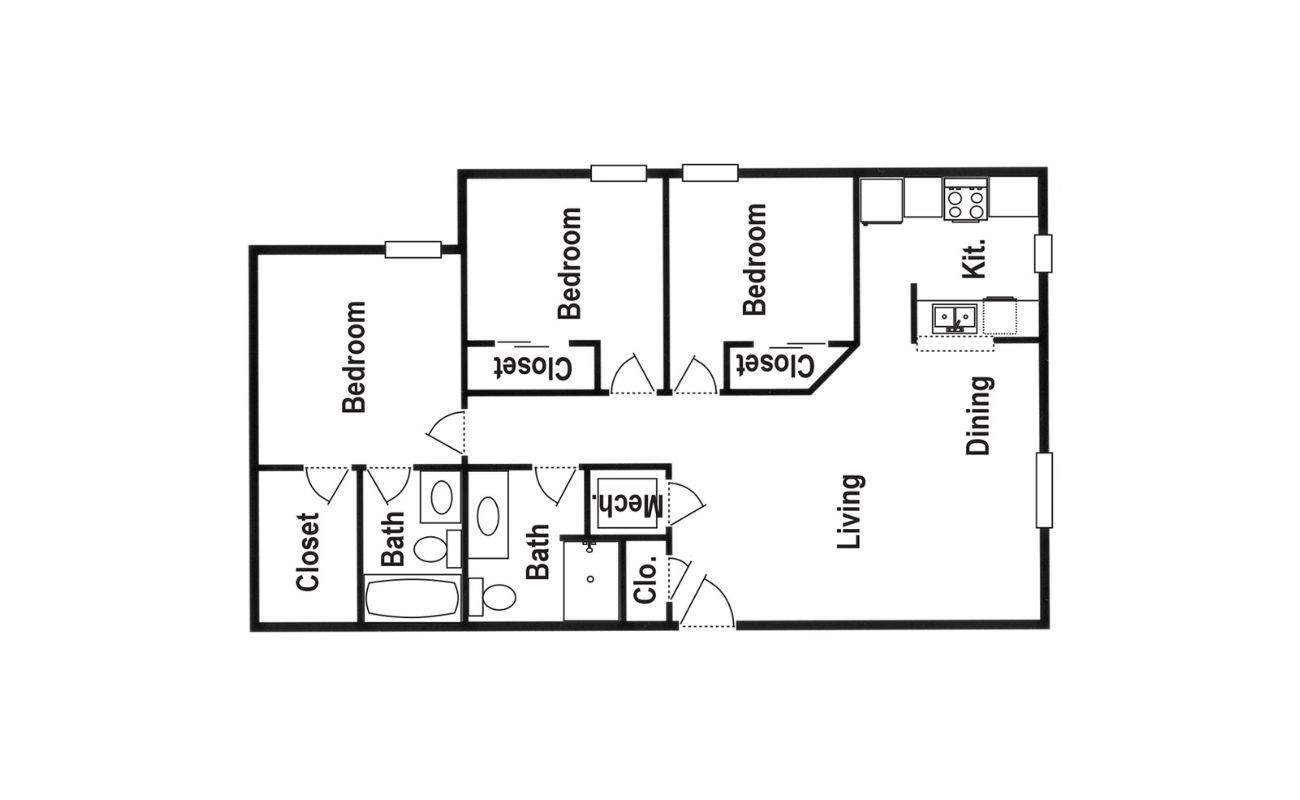
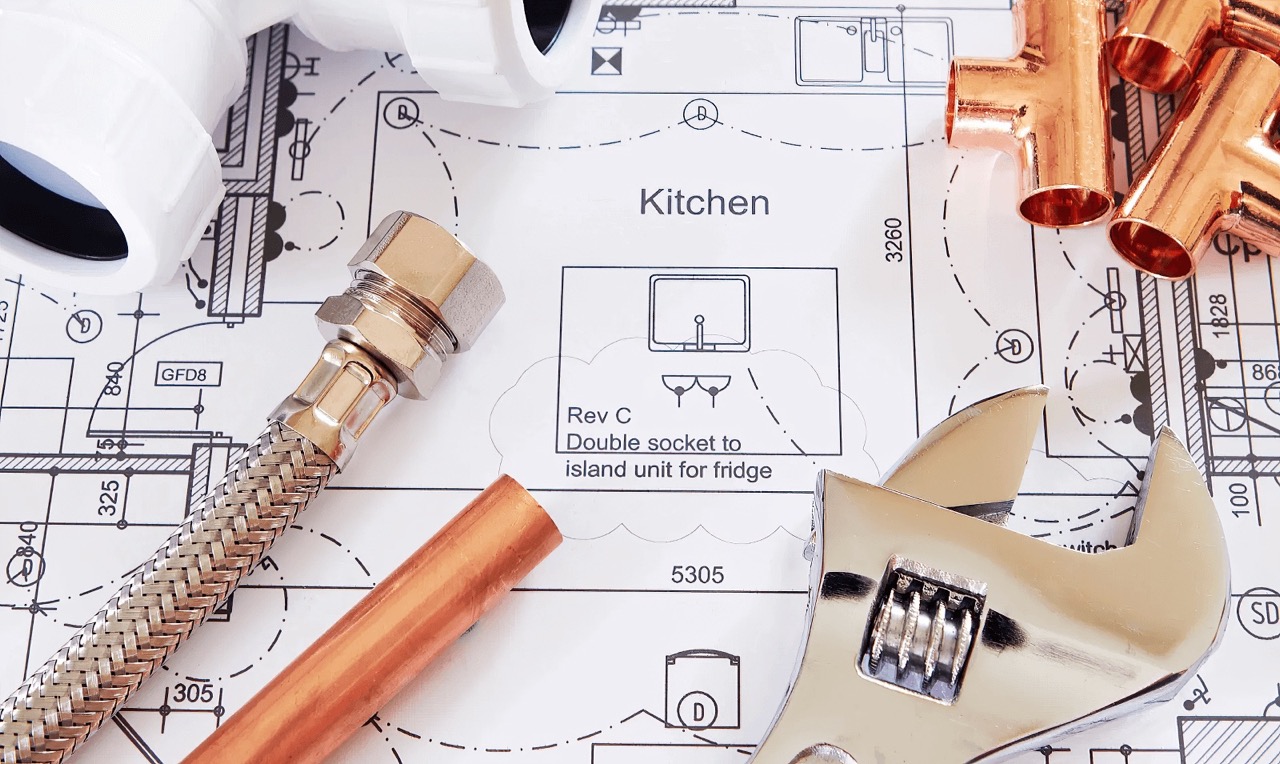
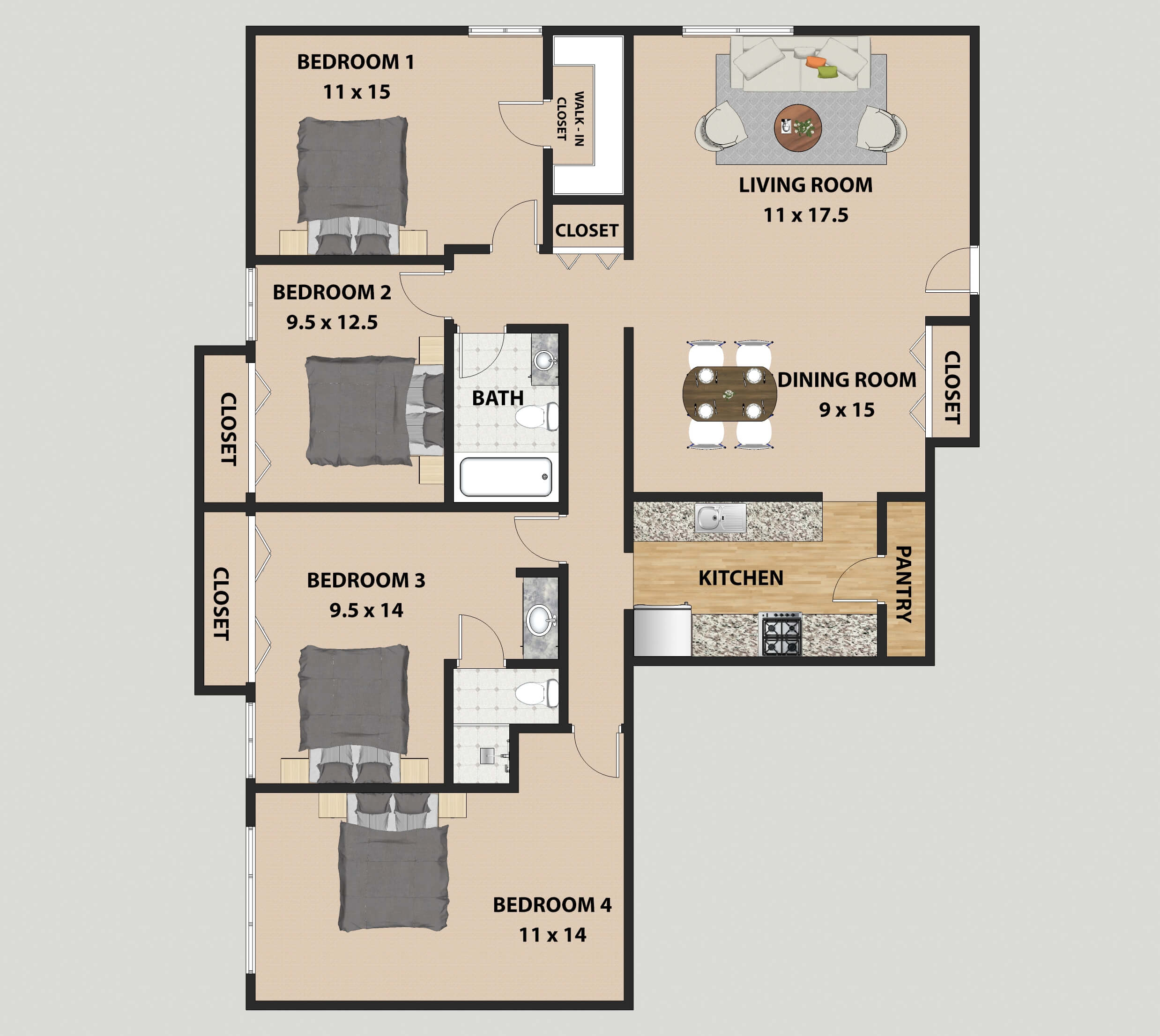
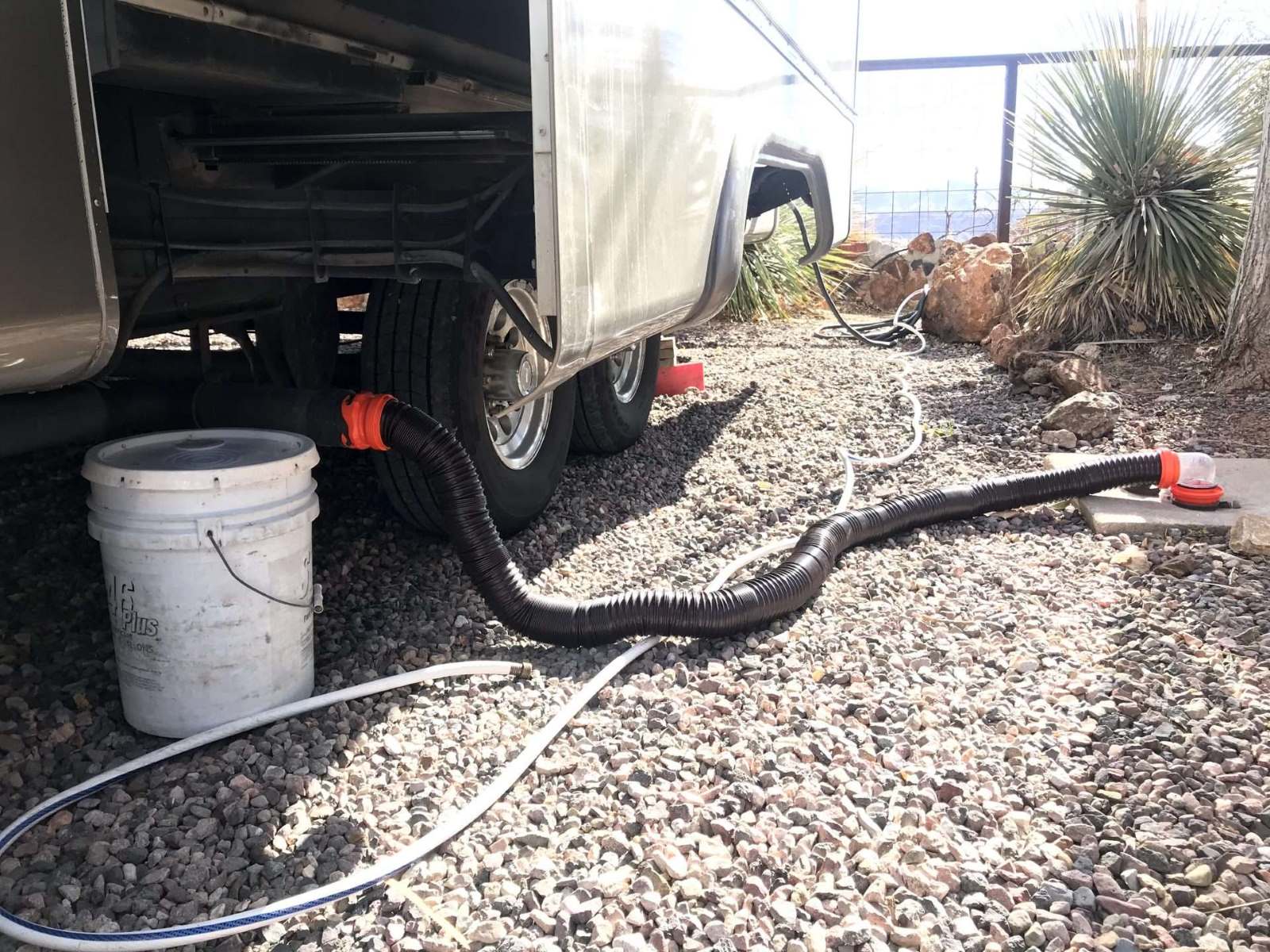
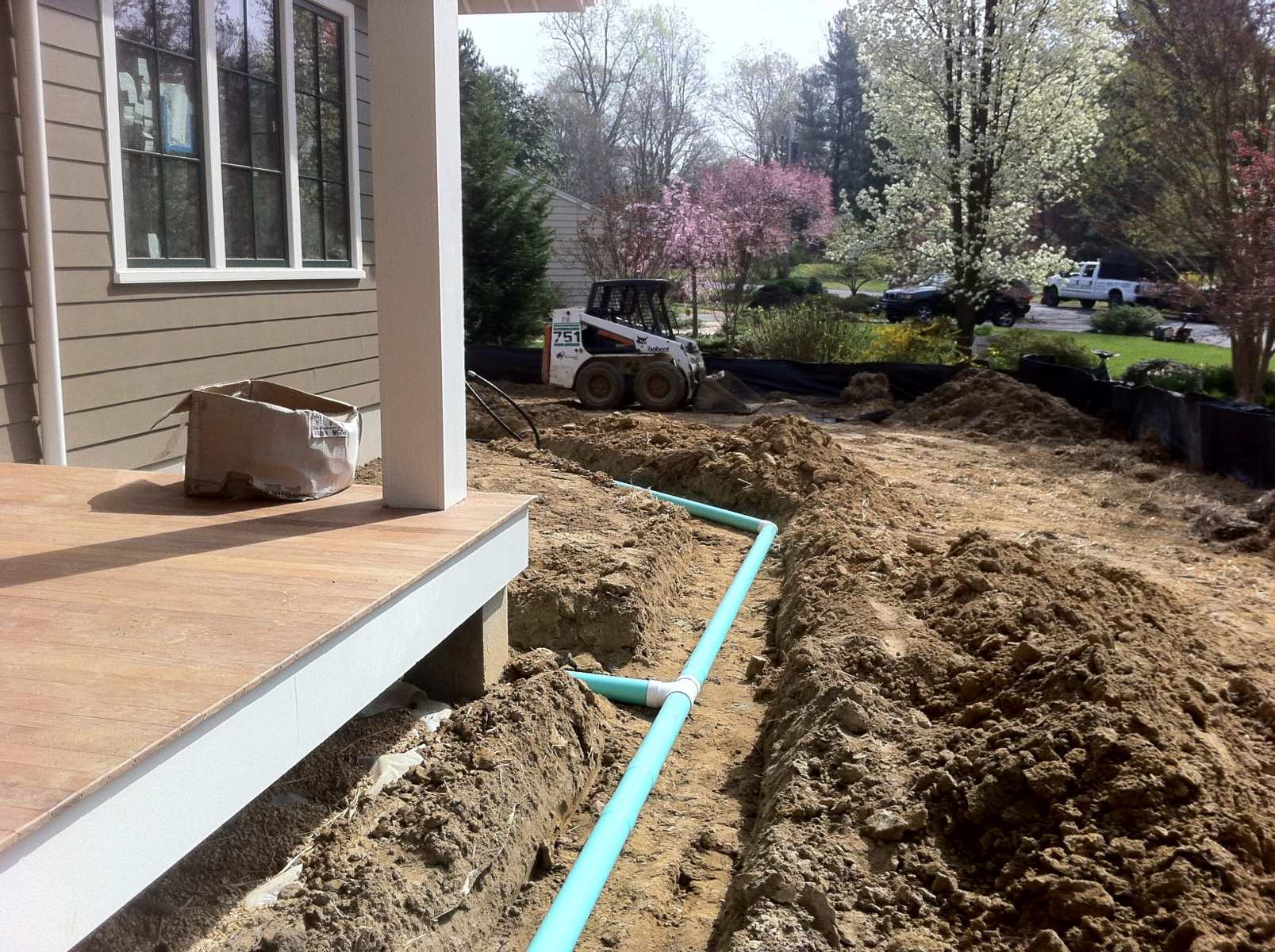


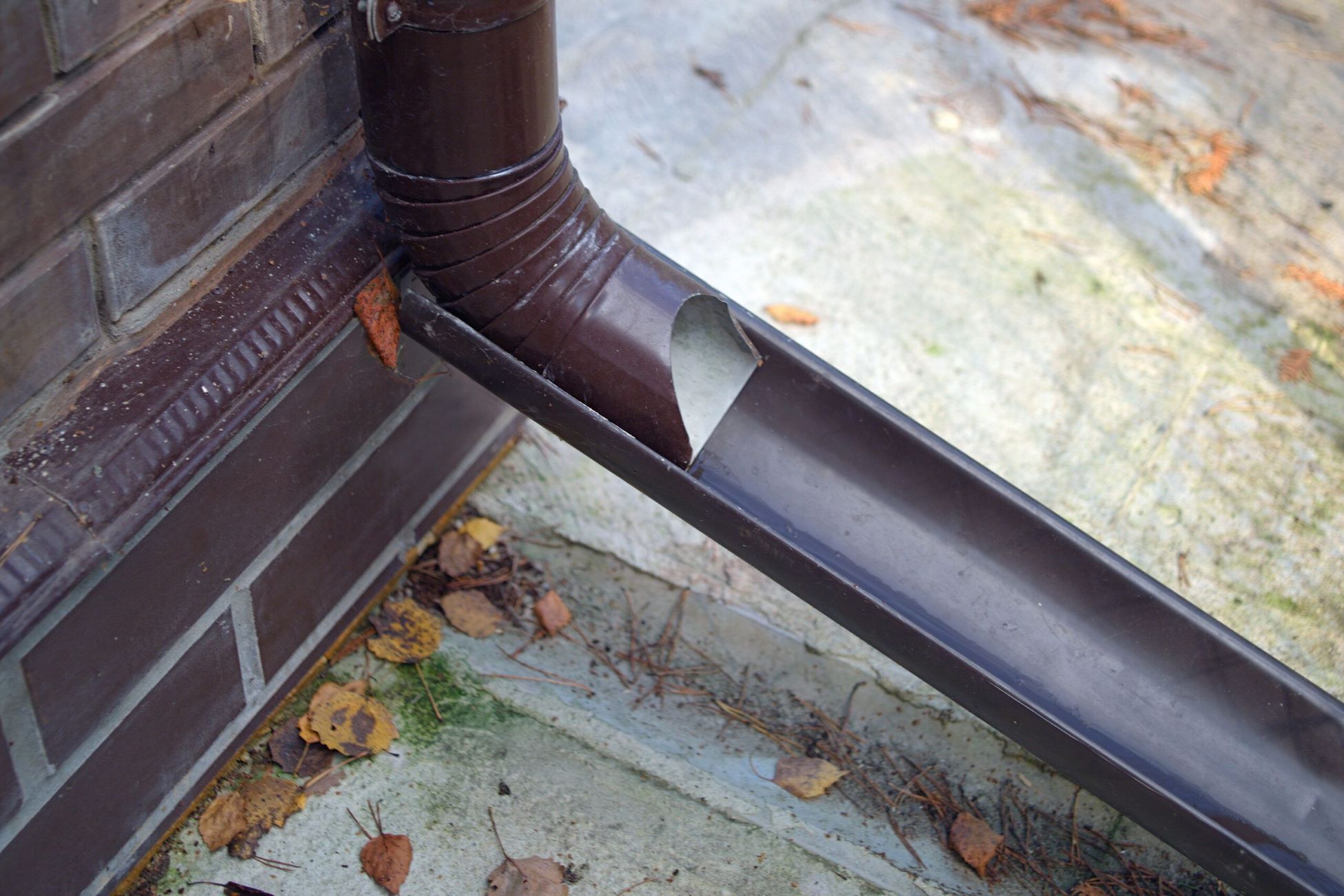


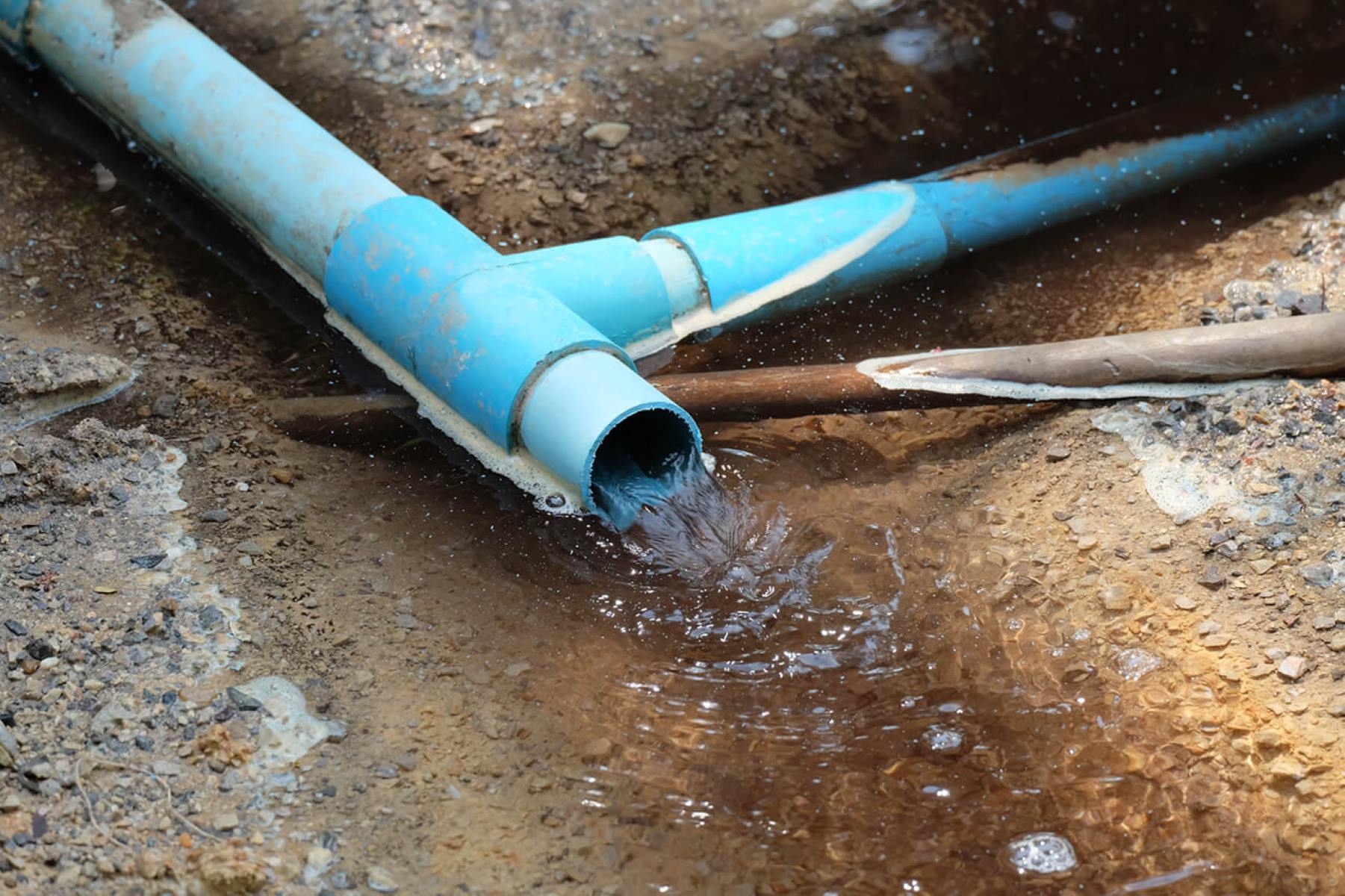
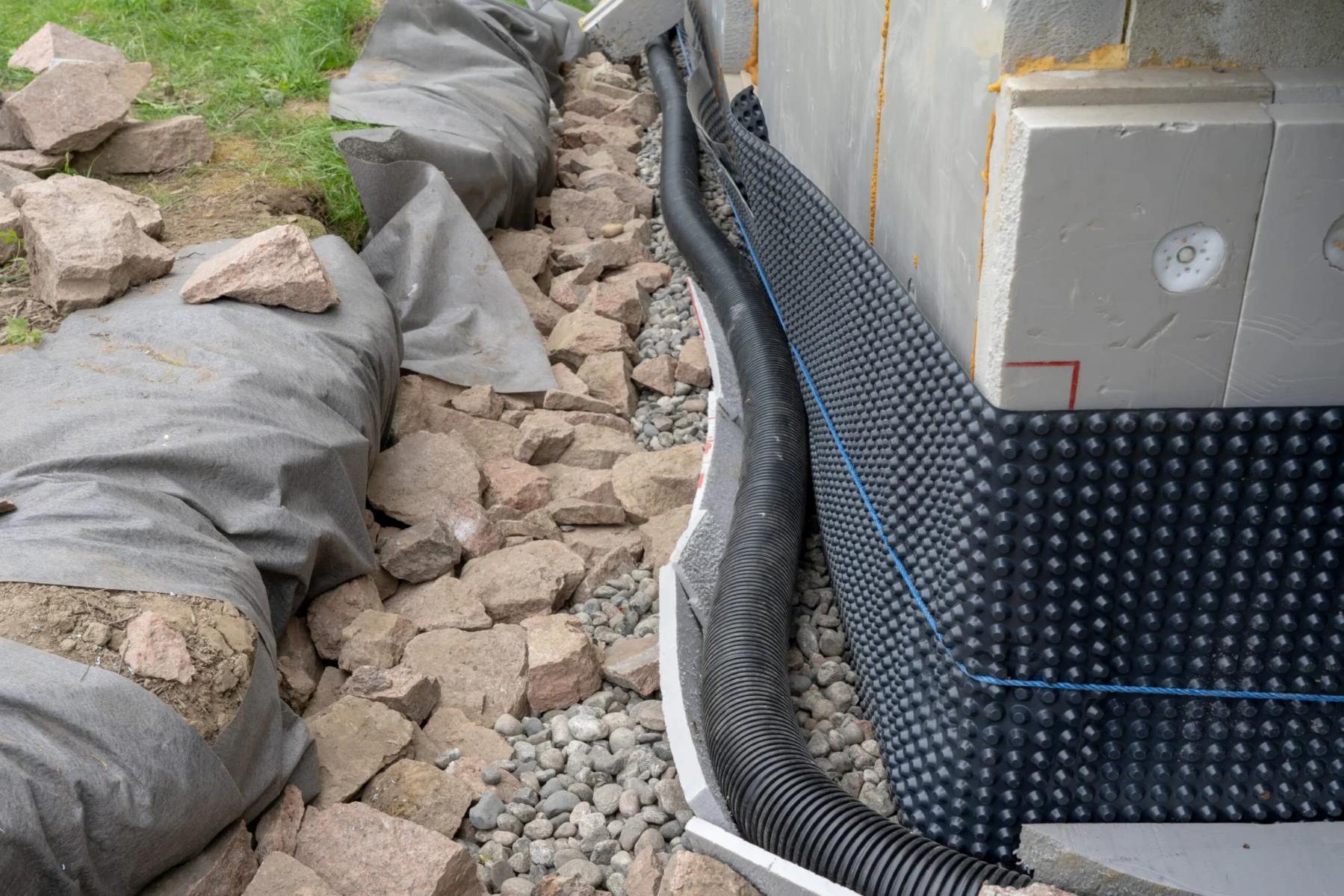
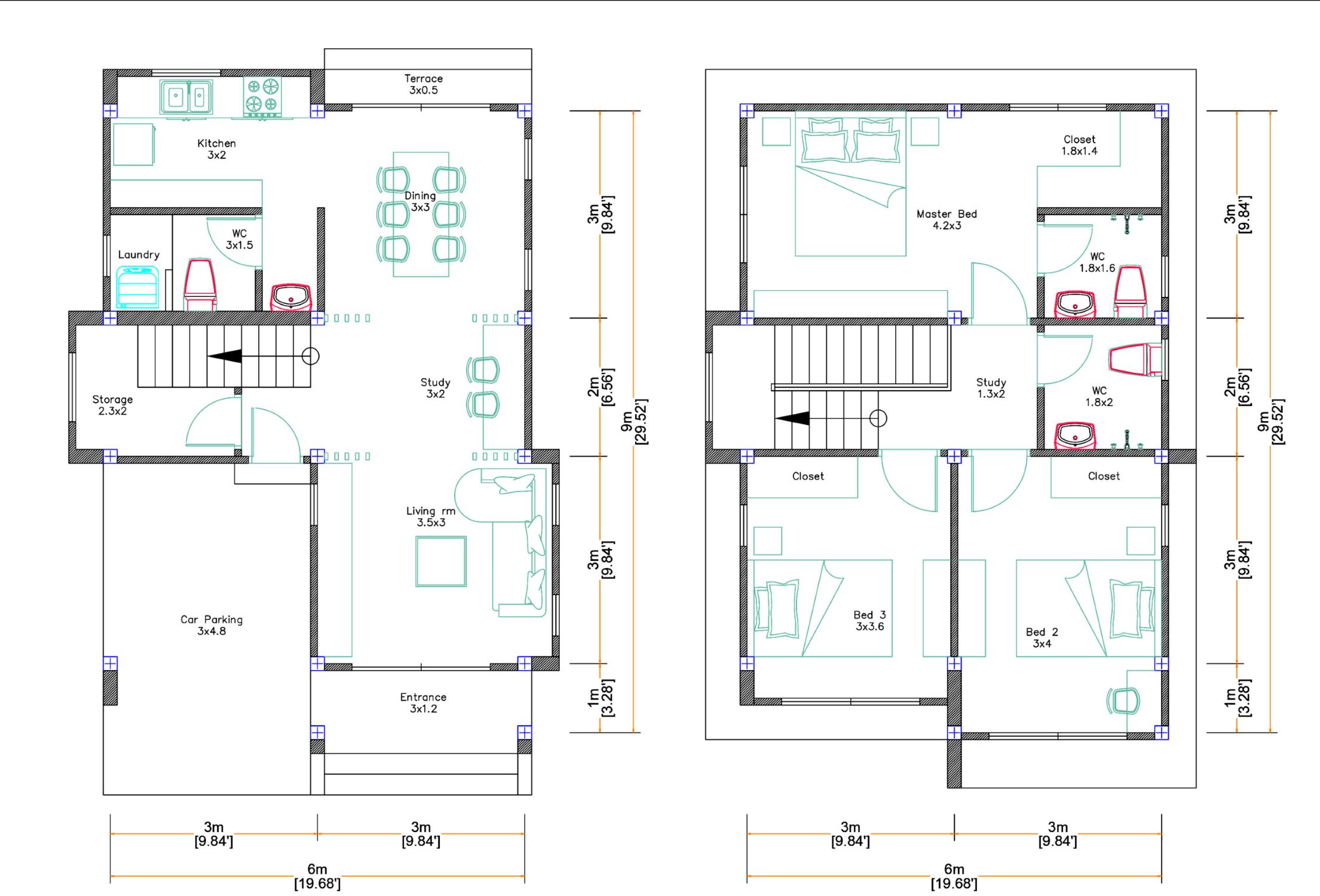

0 thoughts on “How To Find Drainage Plans For My House”